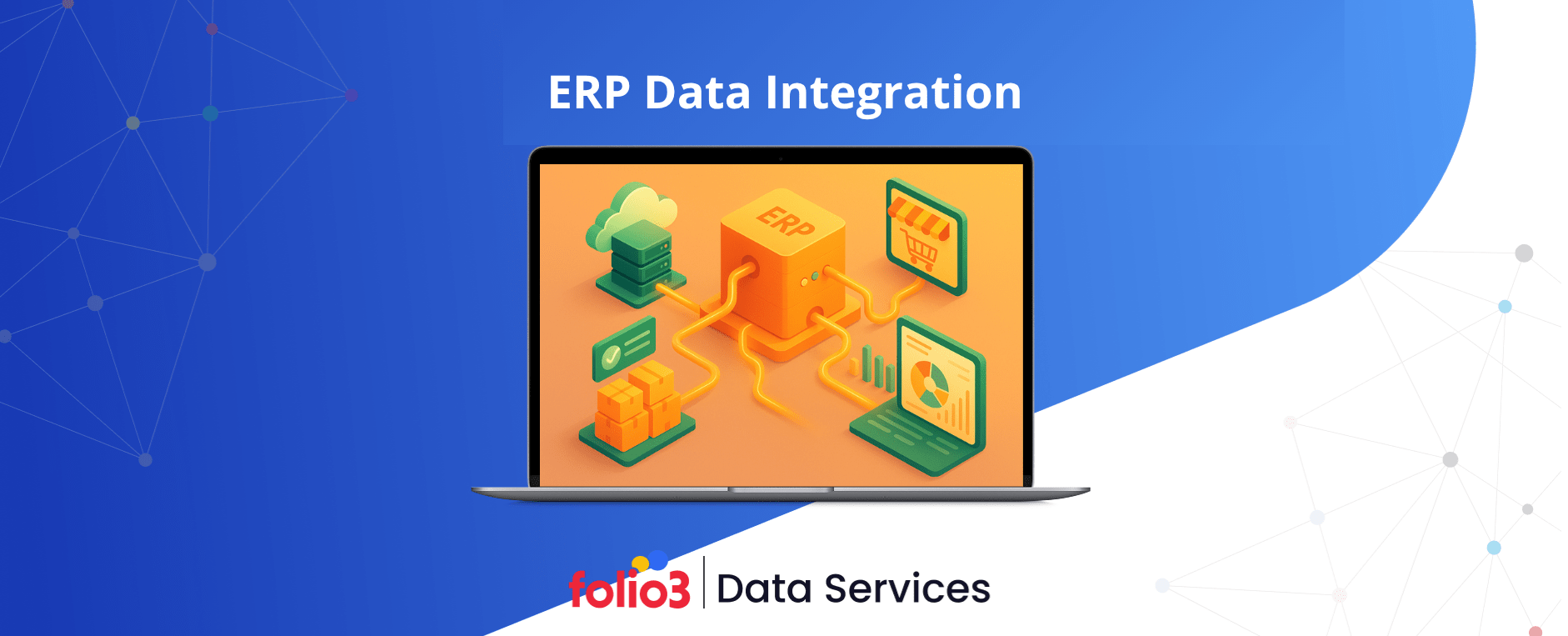
From CRM integration to system optimization, this guide explains ERP data integration, its benefits, challenges, tools, and practices to help businesses enhance workflows and make data-driven decisions.
Home » Data Engineering

From CRM integration to system optimization, this guide explains ERP data integration, its benefits, challenges, tools, and practices to help businesses enhance workflows and make data-driven decisions.
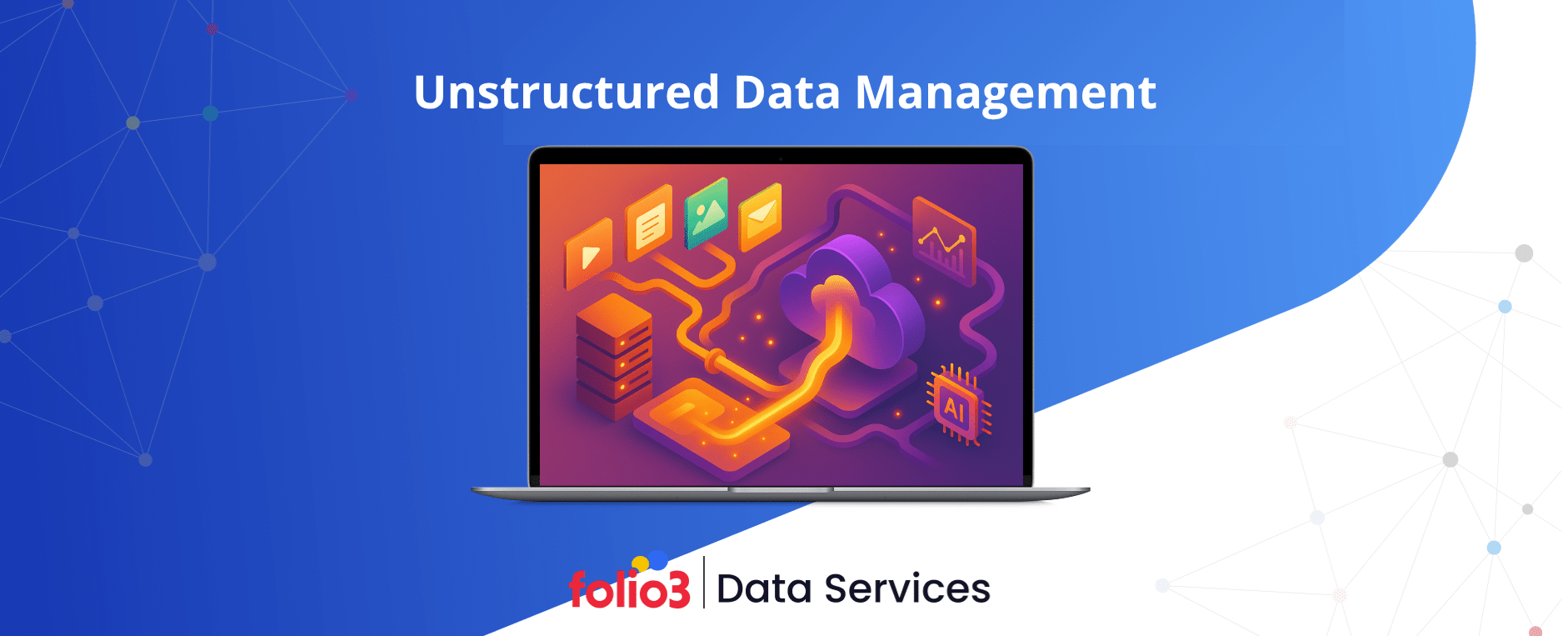
This guide explains unstructured data management, including types, 8-step frameworks, tools, real-world applications, and strategies to overcome challenges while selecting the best solutions.
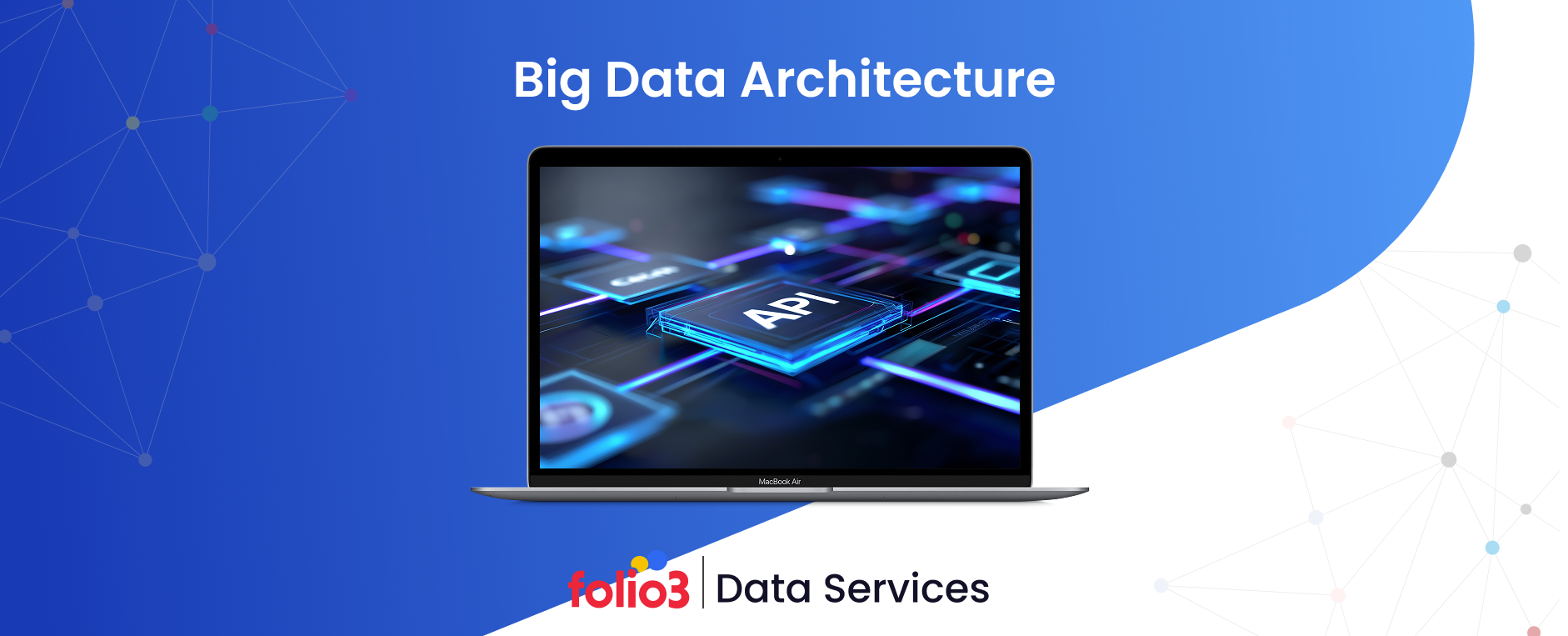
Big data architecture provides the blueprint for processing, storing, and analyzing massive datasets. Understanding architectural patterns, components, and design principles enables organizations to build scalable systems that efficiently transform raw data into actionable insights.

Organizations handling massive datasets need storage infrastructure that scales efficiently, performs reliably, and aligns with budget constraints. This guide explores modern big data storage solutions, architectures, and implementation strategies for enterprise success.
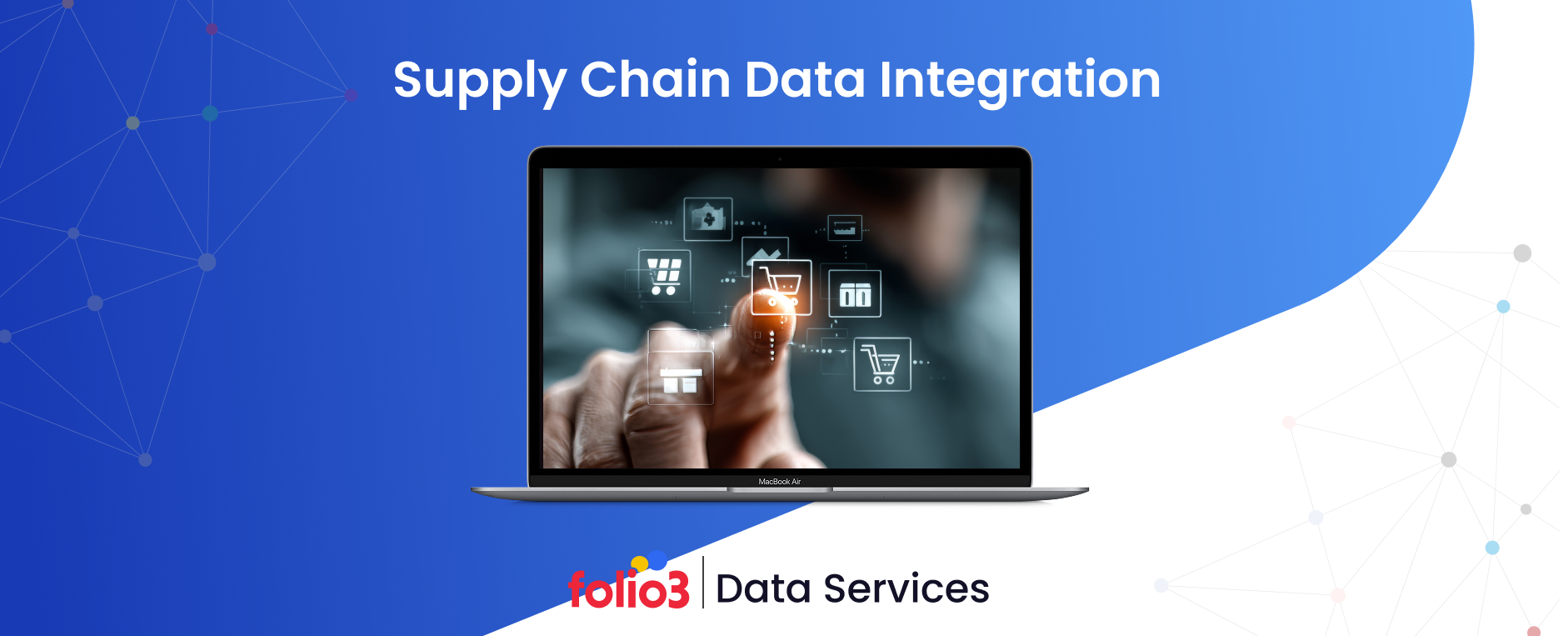
Supply chain data integration connects disparate systems to create unified visibility, enabling real-time decision-making, smoothed operations, and competitive advantage across global networks.
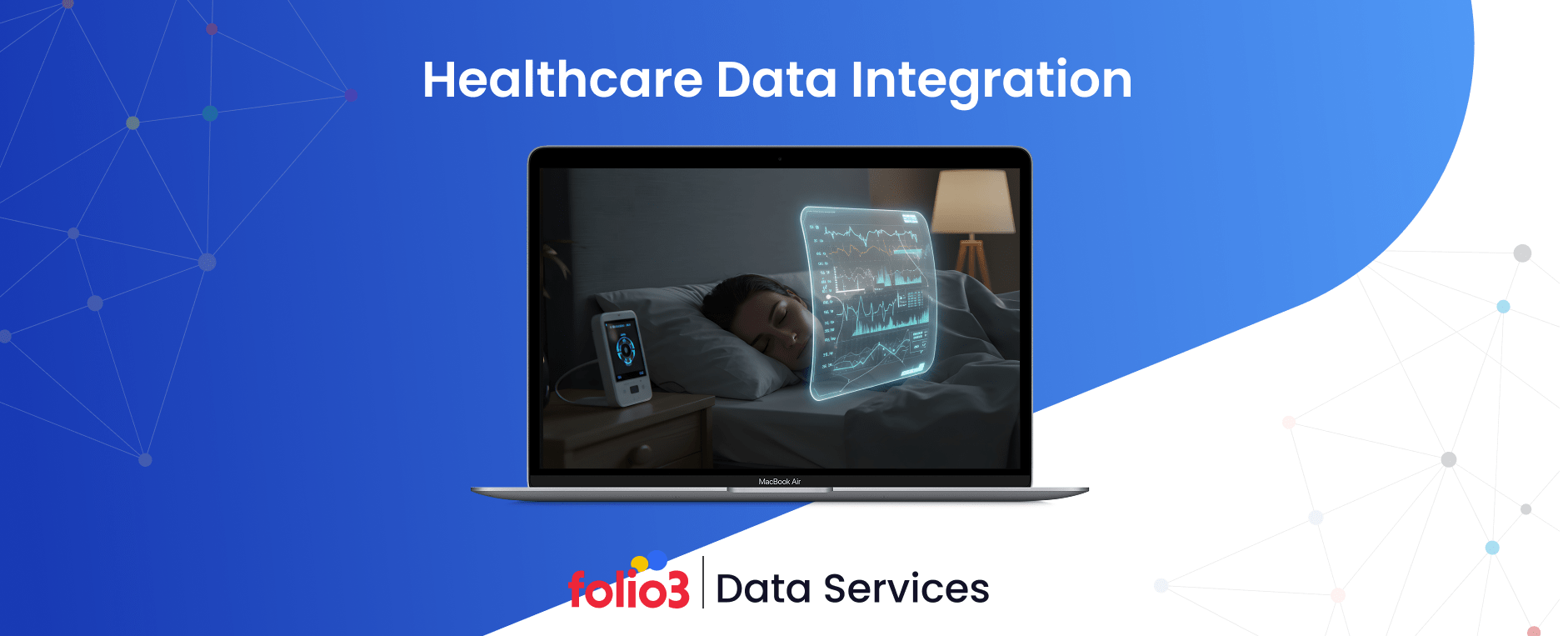
Healthcare data integration breaks down information silos, creating unified patient views that improve clinical decisions, reduce costs, and enhance care quality across healthcare organizations nationwide.
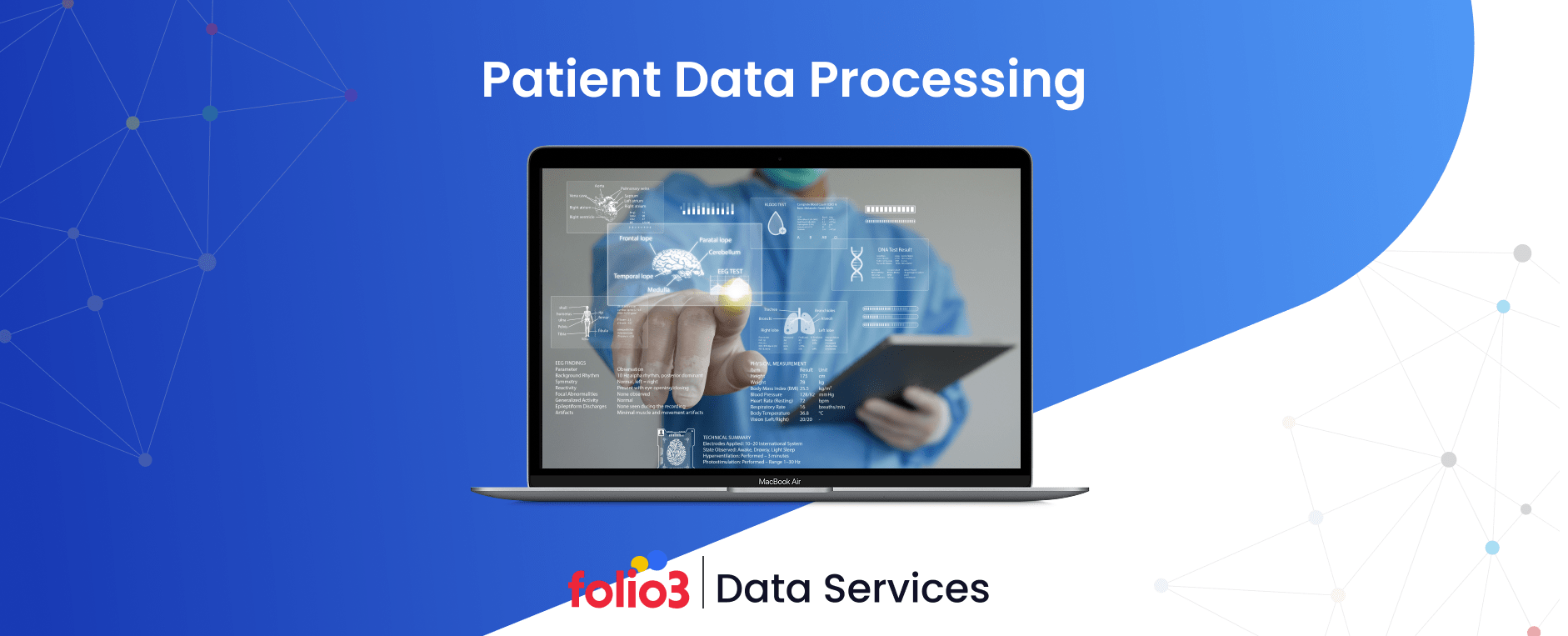
Healthcare data processing transforms fragmented patient information into unified insights, enabling better clinical decisions, reduced costs, and improved outcomes through advanced analytics and secure integration across multiple sources.
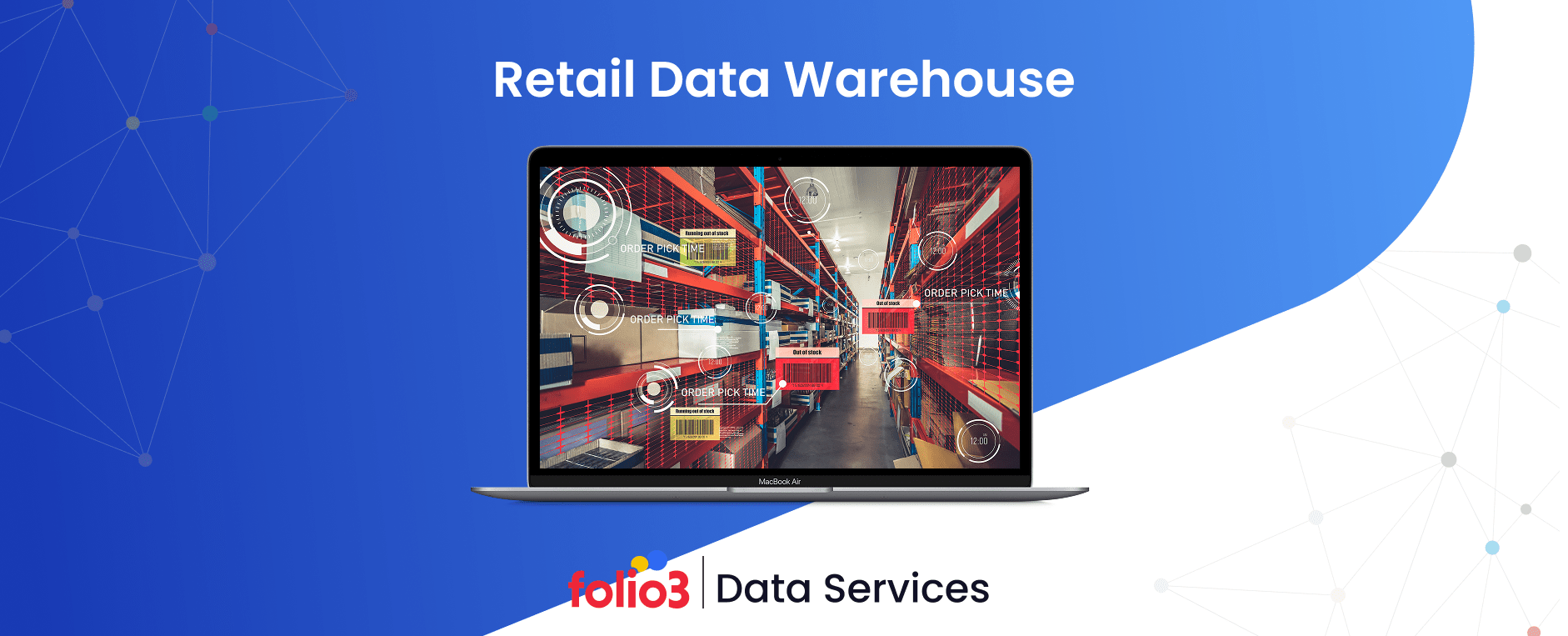
Find out how retail data warehouses transform fragmented business information into unified insights, enabling personalized customer experiences, optimized inventory management, and strategic decision-making through modern cloud-based architectures.
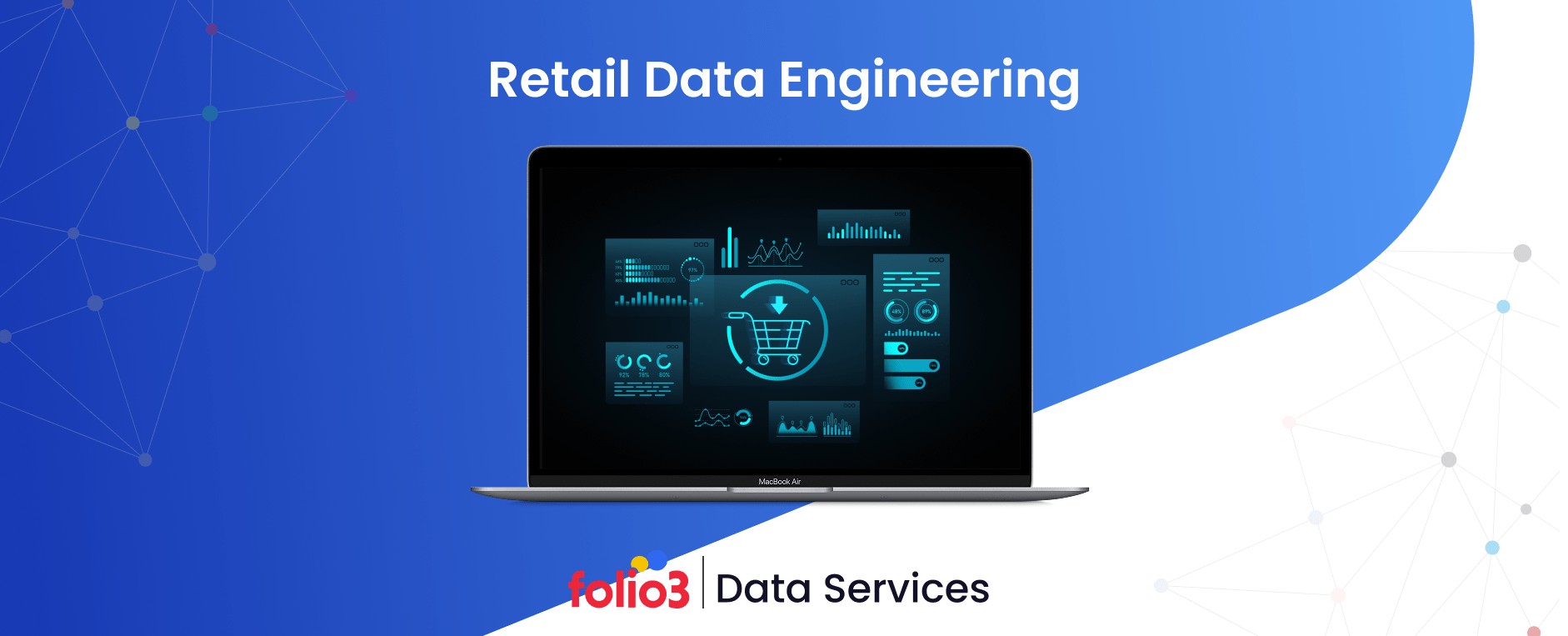
Modern retailers generate massive data volumes daily. Retail data engineering transforms this information into actionable insights, enabling personalized experiences, optimized inventory management, and strategic decision-making across all commerce channels.
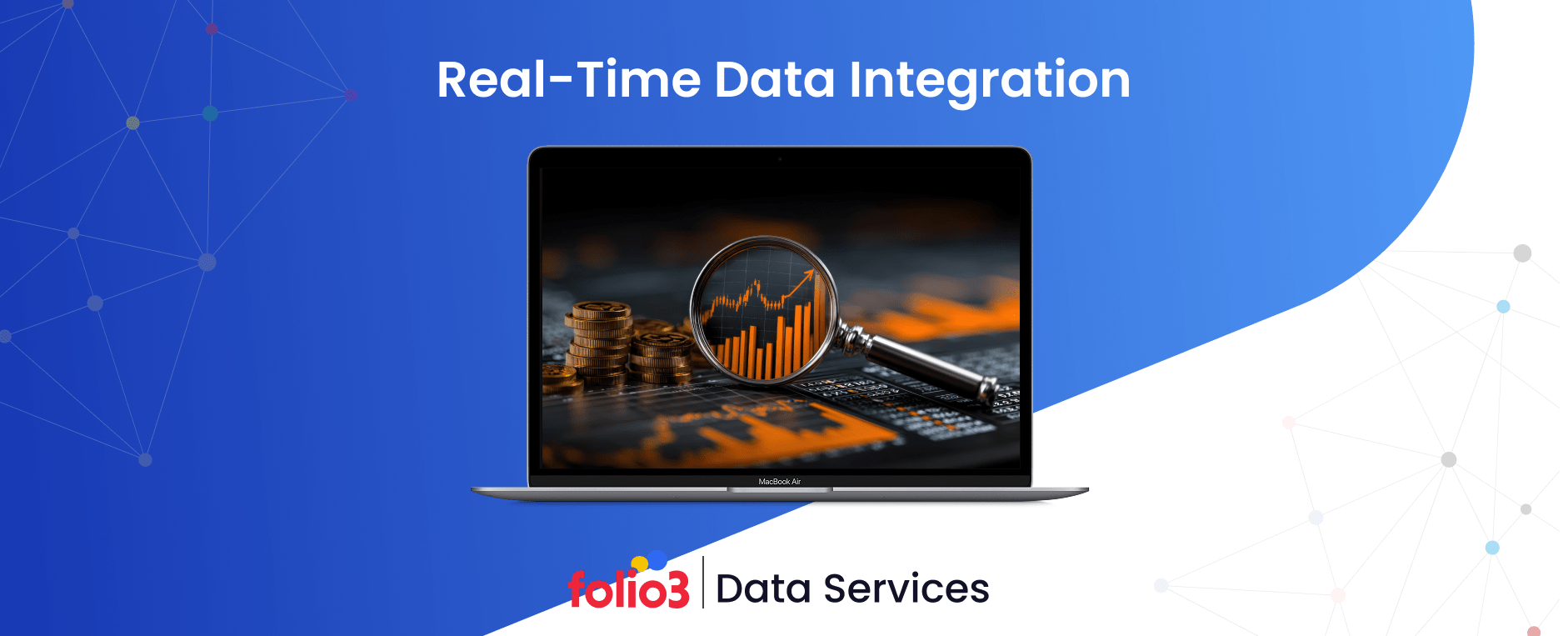
Comprehensive guide to real-time data integration: explore streaming, CDC, tools, and best practices. See how leading firms drive instant decisions, better CX, and measurable results.